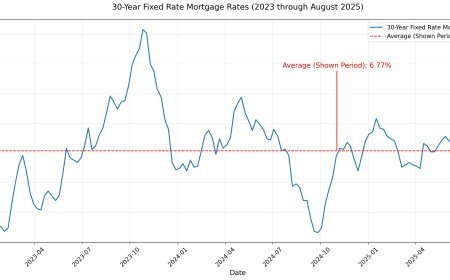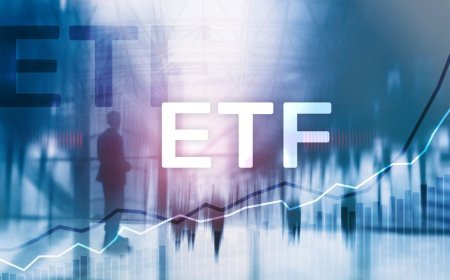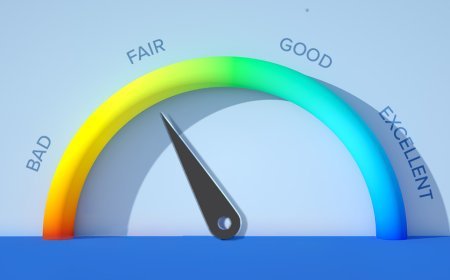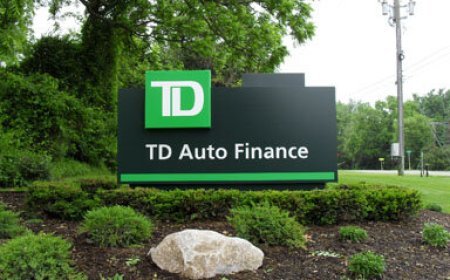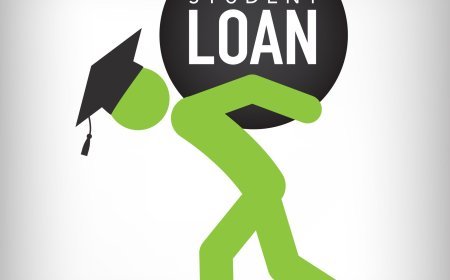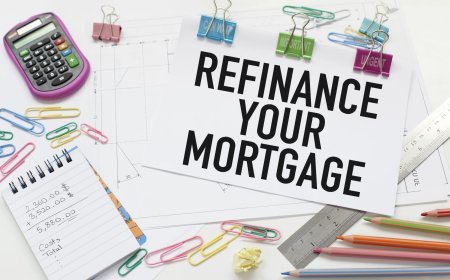First-Time Home Buyer's Guide to Mortgage Types: Finding Your Perfect Loan
Buying your first home feels like learning a foreign language where everyone assumes you already know what PMI, DTI, and APR mean, while you're still trying to figure out the difference between pre-qualified and pre-approved. The mortgage landscape offers dozens of loan types, each with different requirements, benefits, and costs that can save or cost you thousands of dollars over the life of your loan. Conventional loans, FHA loans, VA loans, USDA loans, and various state and local programs all compete for your attention with promises of low down payments, reduced fees, or special benefits. The challenge isn't finding a mortgage—it's finding the right mortgage for your specific financial situation, long-term goals, and homeownership dreams.

In This Article:
- Conventional vs. Government-Backed Loans: Understanding the fundamental differences and when each makes sense.
- Down Payment Strategies: How much you really need and creative ways to reduce upfront costs.
- Credit Score and Income Requirements: Realistic expectations for different loan types and improvement strategies.
- Hidden Costs and Fees: The expenses beyond principal and interest that can surprise first-time buyers.
- Choosing Your Loan Term and Structure: 15-year vs. 30-year mortgages and fixed vs. adjustable rates.
Conventional loans, FHA loans, VA loans, USDA loans, and various state and local programs all compete for your attention with promises of low down payments, reduced fees, or special benefits. The challenge isn't finding a mortgage—it's finding the right mortgage for your specific financial situation, long-term goals, and homeownership dreams.
The Conventional Loan Foundation
Conventional mortgages represent the most common type of home loan, not backed by government agencies but instead sold to government-sponsored enterprises like Fannie Mae and Freddie Mac. These loans offer flexibility and competitive terms for borrowers with good credit and stable income, but they typically require higher down payments and stricter qualification standards than government-backed alternatives.
The primary advantage of conventional loans lies in their flexibility and potential cost savings for qualified borrowers. If you can put down 20% or more, you avoid private mortgage insurance (PMI), which can save hundreds of dollars monthly. Conventional loans also offer more property type options and fewer restrictions on things like seller concessions and gift funds.
However, conventional loans typically require credit scores of at least 620, with the best rates reserved for scores above 740. Down payment requirements usually start at 3% for first-time buyers, but putting down less than 20% triggers PMI requirements that increase your monthly payments until you reach 20% equity.
Conventional loans come in conforming and jumbo varieties, with conforming loans adhering to limits set by the Federal Housing Finance Agency. For 2024, the conforming loan limit is $766,550 in most areas, with higher limits in expensive markets. Jumbo loans exceed these limits and typically require larger down payments and higher credit scores.
FHA Loans: The First-Time Buyer Favorite
Federal Housing Administration (FHA) loans have helped millions of Americans achieve homeownership through more lenient qualification requirements and lower down payment options. These government-backed loans require as little as 3.5% down and accept credit scores as low as 580, making them accessible to borrowers who might not qualify for conventional financing.
FHA loans offer several advantages for first-time buyers beyond low down payments. They allow higher debt-to-income ratios than conventional loans, permit gift funds for down payments and closing costs, and offer more flexible underwriting for borrowers with past credit problems. The qualification process often proves more forgiving for self-employed borrowers or those with non-traditional income sources.
The trade-off for these benefits comes in the form of mortgage insurance premiums (MIP) that add to your monthly payments. Unlike conventional loan PMI, FHA mortgage insurance typically remains for the life of the loan if you put down less than 10%, making these loans potentially more expensive over time despite their accessibility.
FHA loans also have property requirements and loan limits that vary by location. The property must meet FHA standards for safety and habitability, and loan amounts cannot exceed local FHA limits, which are typically lower than conventional conforming limits. These restrictions can limit your home choices in expensive markets.
VA Loans: Military Benefits
Veterans Affairs (VA) loans provide exceptional benefits for eligible military service members, veterans, and surviving spouses. These loans require no down payment, no private mortgage insurance, and offer competitive interest rates that often beat conventional loan rates.
VA loans also provide more flexible qualification standards, including no minimum credit score requirement (though individual lenders may impose their own minimums) and more lenient debt-to-income ratios. The VA's partial guarantee to lenders reduces their risk, enabling these favorable terms for borrowers.
The primary limitation of VA loans is eligibility, which requires military service or marriage to an eligible veteran. Additionally, VA loans charge a funding fee that varies based on down payment amount, military status, and whether it's your first VA loan. This fee can be financed into the loan amount but adds to your overall borrowing cost.
VA loans can be used multiple times throughout your life, and the benefit is assumable, meaning future buyers can take over your VA loan if they qualify. This feature can be valuable in rising interest rate environments, potentially making your home more attractive to buyers.
USDA Rural Development Loans
United States Department of Agriculture (USDA) loans support homeownership in rural and suburban areas through no down payment requirements and below-market interest rates. These loans target moderate-income borrowers in eligible geographic areas, combining affordability with community development goals.
USDA loans offer competitive terms including no down payment, no prepayment penalties, and below-market interest rates. The program includes both guaranteed loans (similar to FHA loans but for rural areas) and direct loans for very low-income borrowers with even more favorable terms.
Geographic and income restrictions limit USDA loan availability. Properties must be located in USDA-eligible rural areas, which include many suburban locations but exclude most major metropolitan areas. Borrower income cannot exceed 115% of the area median income, making these loans unavailable to higher-earning households.
State and Local First-Time Buyer Programs
Many states and local governments offer first-time homebuyer programs that provide down payment assistance, reduced interest rates, or favorable loan terms. These programs often combine with federal loan types to create even more affordable homeownership opportunities.
Down payment assistance programs can provide grants or low-interest loans to help with upfront costs, sometimes offering forgivable loans that don't require repayment if you remain in the home for a specified period. Some programs also offer closing cost assistance or reduced interest rates.
These programs typically have income limits, geographic restrictions, and homebuyer education requirements. Many require completion of approved homebuyer counseling courses and may restrict the types of properties you can purchase or require you to live in the home as your primary residence.
Understanding Loan Terms and Structure
Mortgage terms significantly impact your monthly payments and total interest costs over the life of your loan. The most common choice involves selecting between 15-year and 30-year loan terms, each offering different advantages depending on your financial situation and goals.
Thirty-year mortgages provide lower monthly payments by spreading the loan amount over a longer period, making homeownership more accessible for buyers with limited monthly cash flow. However, you'll pay significantly more interest over the life of the loan compared to shorter terms.
Fifteen-year mortgages offer substantial interest savings and faster equity building but require higher monthly payments. These loans typically offer lower interest rates than 30-year mortgages, further reducing your total borrowing costs if you can afford the higher payments.
Fixed-rate mortgages maintain the same interest rate throughout the loan term, providing payment predictability and protection against rising rates. Adjustable-rate mortgages (ARMs) start with lower rates that adjust periodically based on market conditions, potentially saving money initially but creating uncertainty about future payments.
The Hidden Costs of Homeownership
First-time buyers often focus on monthly principal and interest payments while overlooking the additional costs that significantly impact affordability. Property taxes, homeowners insurance, and mortgage insurance (when required) can add hundreds of dollars to your monthly housing costs.
Closing costs typically range from 2-5% of the loan amount and include fees for appraisals, inspections, title insurance, and various administrative charges. Some loan programs allow sellers to contribute toward closing costs, and some first-time buyer programs provide assistance with these expenses.
Ongoing homeownership costs include maintenance, repairs, utilities, and potential homeowners association fees. These expenses can vary significantly based on the property's age, condition, and location, making it important to budget beyond your mortgage payment.
Qualification Strategies and Preparation
Preparing for mortgage qualification involves more than just saving for a down payment. Lenders evaluate your credit score, income stability, debt-to-income ratio, and employment history when determining loan approval and terms.
Improving your credit score before applying can save thousands in interest costs over your loan's life. Pay down existing debts, avoid new credit applications, and ensure all bills are paid on time in the months leading up to your mortgage application.
Stable employment history strengthens your application, with most lenders preferring at least two years of consistent income. Self-employed borrowers may need additional documentation and should work with lenders experienced in non-traditional income verification.
Getting pre-approved rather than just pre-qualified provides a more accurate picture of your borrowing capacity and strengthens your position when making offers. Pre-approval involves complete income and credit verification, while pre-qualification provides only rough estimates based on self-reported information.
Choosing the right mortgage involves balancing your current financial situation with your long-term goals and risk tolerance. The best loan for your situation depends on factors including your credit score, available down payment, income stability, and how long you plan to stay in the home. Take time to understand your options, compare offers from multiple lenders, and consider working with a knowledgeable mortgage professional who can guide you through this complex but rewarding process.
What's Your Reaction?
 Like
0
Like
0
 Dislike
0
Dislike
0
 Love
0
Love
0
 Funny
0
Funny
0
 Angry
0
Angry
0
 Sad
0
Sad
0
 Wow
0
Wow
0







